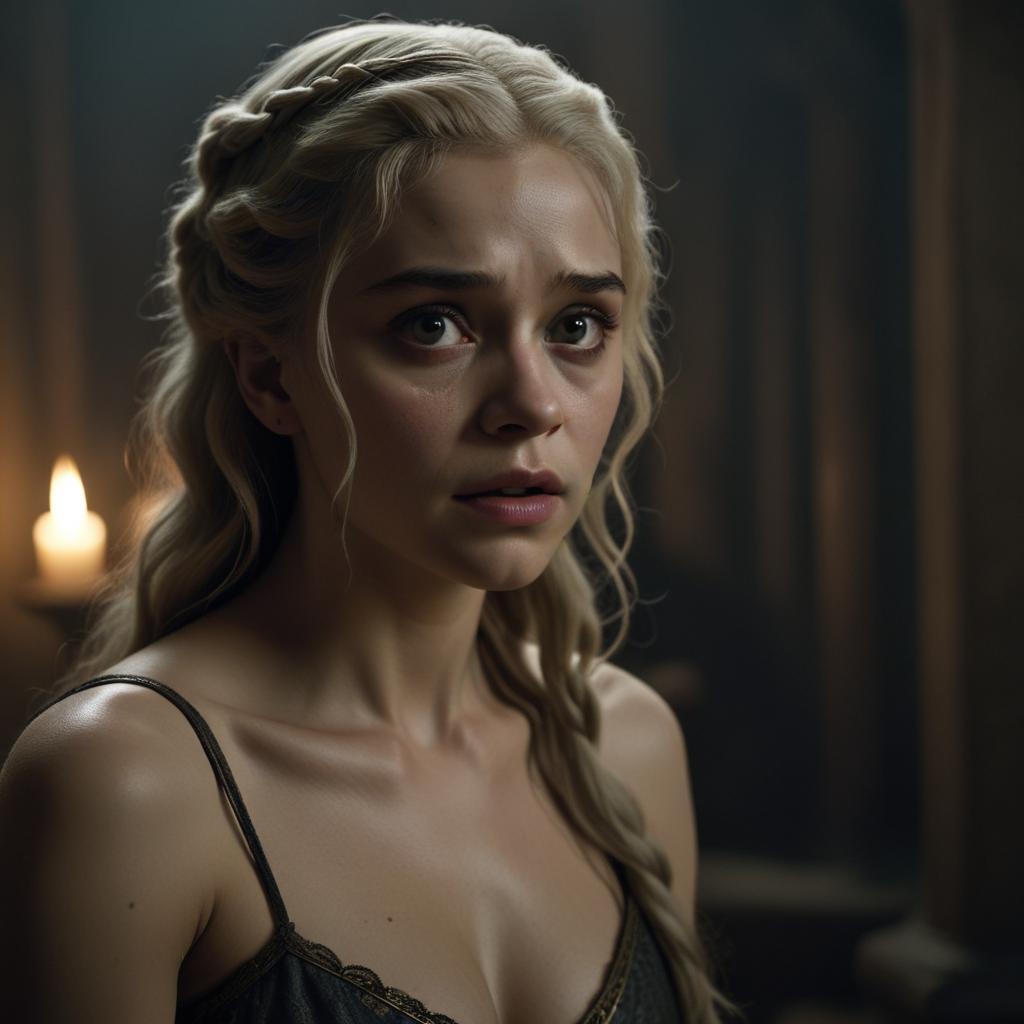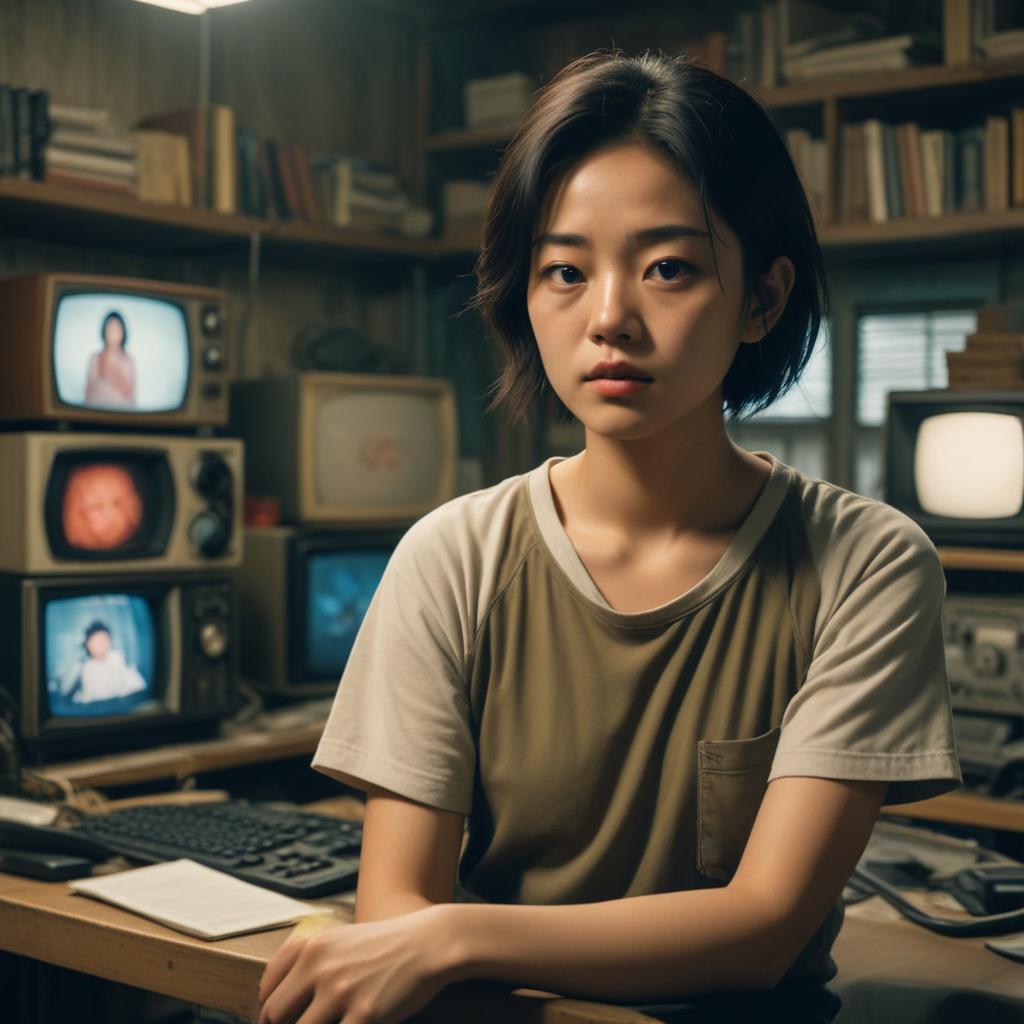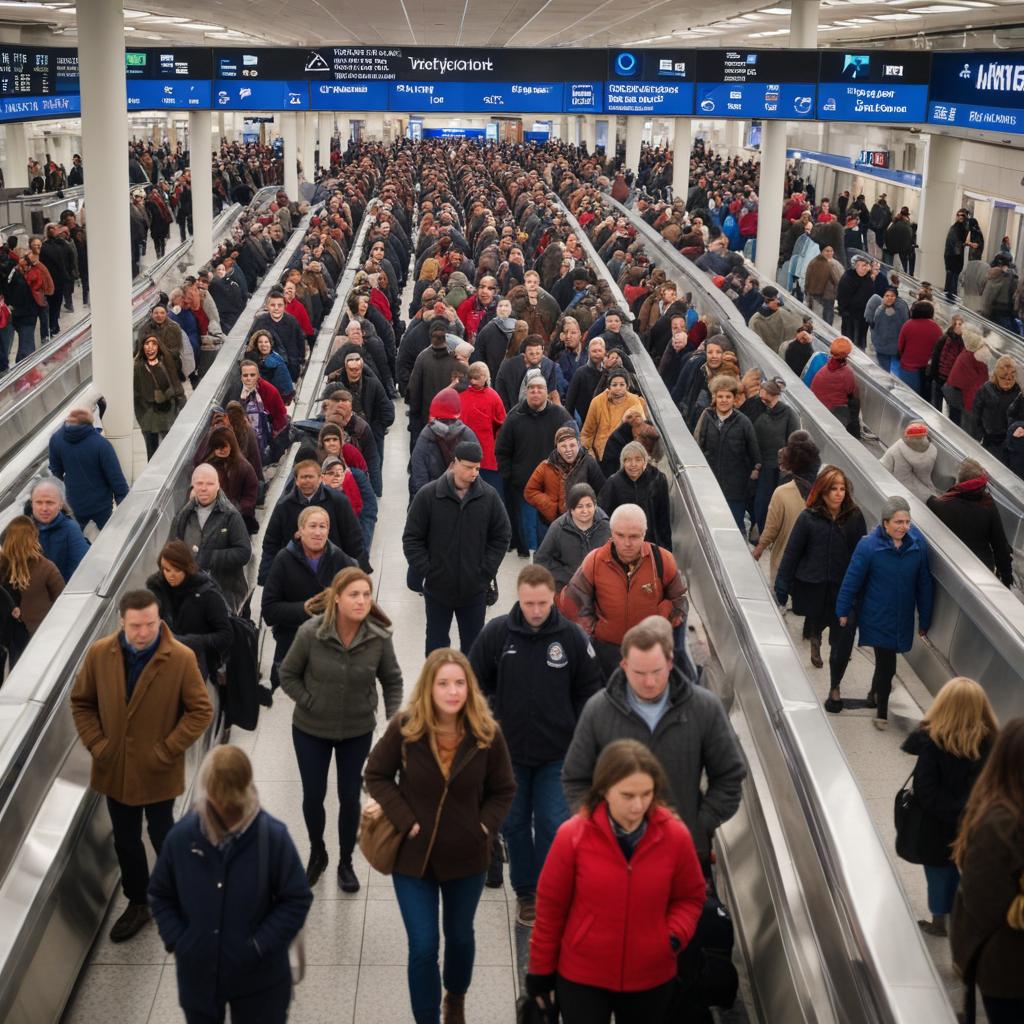Viewers are increasingly frustrated by the pervasive darkness and poor lighting in modern films and TV, making it difficult to see on-screen action. This trend, affecting major productions from Game of Thrones to Wicked, stems from evolving camera technology, stylistic preferences for realism and immersion, and even streaming platform mandates, contrasting sharply with the vibrant visuals of earlier cinema.
The article explores the widespread viewer complaint that contemporary films and TV shows are excessively dark, often leaving audiences squinting to understand night-time scenes. This issue gained significant attention after Game of Thrones' final season and is echoed in recent critiques of films like Wicked and Netflix's Frankenstein. Experts attribute this shift to several factors: modern digital cameras, unlike older Technicolor processes, capture a more 'realistic' image without inherent stylistic saturation; a prevailing artistic preference for lower contrast, muted color palettes, and less visible lighting to achieve a 'naturalistic,' 'grounded,' or 'immersive' feel; and the increased control filmmakers now have over the final image. While not solely a cost-saving measure, this 'immersive' approach aims to place viewers directly into the on-screen reality, as seen in Wicked. However, this often results in a 'flatness' exacerbated by streaming service requirements, such as Netflix's 4K UHD mandate, which can lead to visual issues when compressed for average home TVs. The article contrasts this with older films like The Wizard of Oz and The Addams Family, which effectively conveyed dark moods without sacrificing visibility. Despite advancements in home TV technology that allow for more subtle textures, the trend of overly dark visuals continues to frustrate viewers, prompting questions about the balance between artistic vision and audience experience.



